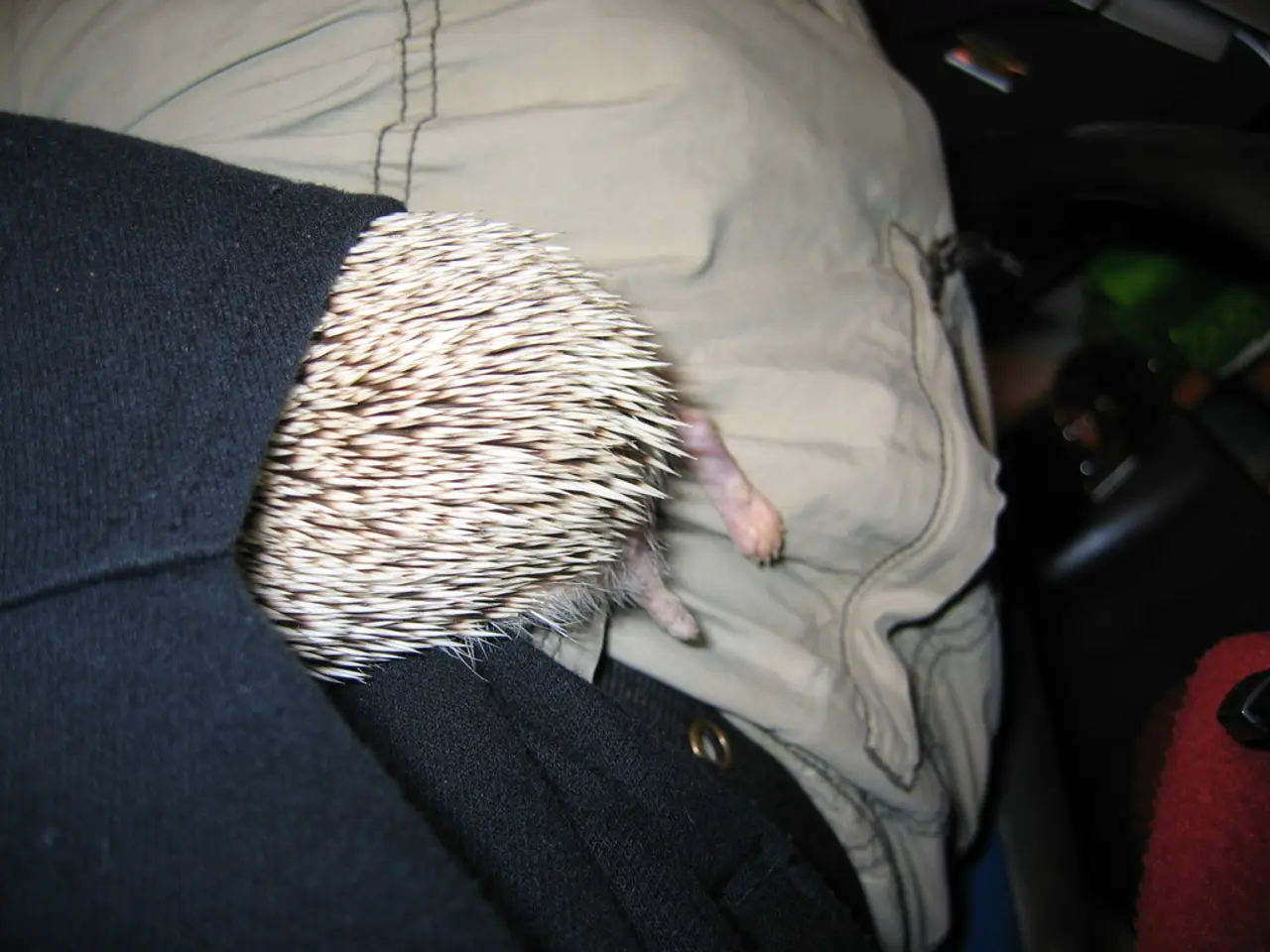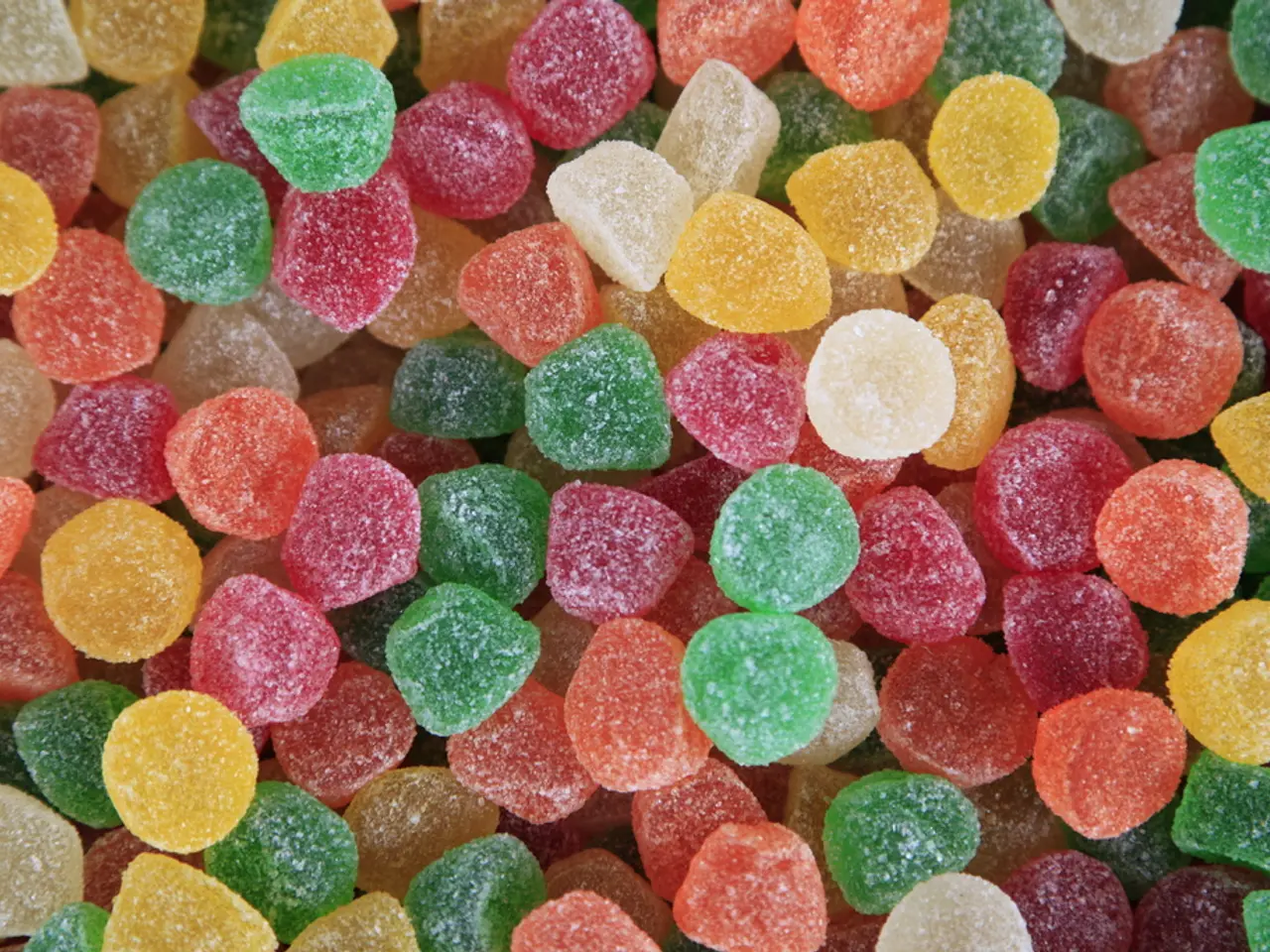Method for Conserving Moss for Ornamental and Wall Display Purposes [Simplified Guide]
In the world of crafts and terrarium building, moss plays a significant role due to its unique texture and versatility. Preserving moss allows it to be used in various projects for years to come. This article provides a comprehensive guide on how to preserve moss using a mixture of glycerol and denatured alcohol, a common method in botanical preservation.
**Step-by-Step Guide**
1. **Prepare the Moss** - Collect fresh, clean moss free of debris and gently blot excess moisture with paper towels, taking care not to dry it out completely.
2. **Prepare the Preservation Solution** - Mix equal parts glycerol and denatured alcohol, and add two parts warm water. For a more advanced method, consider a blend of 40-50% glycerol, 30-40% denatured alcohol, and 20-30% water (adjustments may be needed for specific moss types). Optional: Add a splash of fabric dye to enhance colour.
3. **Soak the Moss** - Fully immerse the moss in the preservation solution. Soaking times vary; for small moss clumps, soak for 24-48 hours, while larger specimens may require up to a week. The moss should darken and become pliable as it absorbs the solution.
4. **Monitor and Adjust** - Check periodically to ensure even saturation. Stir or reposition moss if needed. Remove the moss once it is uniformly flexible and retains its natural appearance.
5. **Dry and Store** - Let excess solution drip off before placing the moss on a rack or paper towels. Allow to air dry in a well-ventilated area for a few hours to a day. Store preserved moss away from direct sunlight and moisture to maintain its appearance.
**Important Notes**
- Denatured Alcohol Safety: Use in a well-ventilated area and wear gloves. - Glycerol Benefits: Glycerol replaces water within the plant cells, maintaining flexibility and appearance. - Color Retention: Optional dyes or other additives can help retain or enhance natural colour, though this is not always necessary.
**Summary Table**
| Step | Details | |---------------------|-----------------------------------------------------------------------------------------| | Prepare moss | Clean, blot excess water, avoid drying out | | Prepare solution | Mix 1 part glycerol, 1 part denatured alcohol, 1 part water (adjust to preference) | | Soak | Immerse moss for 24–48 hours (or longer for larger specimens) | | Monitor | Check for even saturation and adjust as needed | | Dry and store | Drain excess solution, air dry, store away from direct sunlight and moisture |
This method helps maintain the moss’s natural form and texture for use in crafts, displays, or educational purposes for many years. For best results, experiment with solution ratios to find what works best for your specific moss type and desired outcome.
Preserved moss is a versatile material used in terrariums and moss displays. It can be made with one part denatured alcohol, two parts glycerin, and two parts warm water or one part glycerin and two parts warm water. Live moss is a common tool in terrarium building but is not particularly hardy.
When using dye, it's not suitable for closed terrariums as the dye could run if it gets wet. For bigger projects, like a moss wall, using a few different types of moss is recommended for maximum visual impact. Moss sourced from public places and national parks is unsustainable and should not be taken. Moss sold for preservation is sourced from private land and is 100% organic and pesticide/fungicide-free.
Glycerol/glycerin is a common chemical used in various products like food, cosmetics, and laxatives. Sheet mosses include Fern Moss and Hypnum Moss, while clumpy mosses include Mood Moss and Cushion Moss. When mixing dye with the preserving solution, it's best to mix the dye into the warm water before adding it to the glycerin and denatured alcohol. Imposter mosses include Reindeer Moss (actually a lichen) and Spanish Moss (an epiphytic plant).
You can find glycerin and denatured alcohol inexpensively on Amazon. After preserving, the moss needs to dry for a few days until fully dry. Methylated spirit/denatured alcohol is toxic and primarily used as a solvent and fuel. Preserving moss requires some chemical intervention, but the chemicals involved are common and safe for crafts when used properly. There is no known natural method of preserving moss.
The guide teaches how to preserve moss using a solution of glycerol and denatured alcohol for use in various home-and-garden projects, such as terrariums and moss displays, emphasizing that this preservation method maintains the moss's natural form and texture for years to come. Additionally, one can enhance the color of preserved moss by adding fabric dye to the preservation solution.
![Simple Steps for Moss Preservation for Decorative and Wall Art Purposes [Easy Method]](/en/content/images/size/w1280/format/webp/20250709082951_preserving-moss-for-decoration.jpeg)



